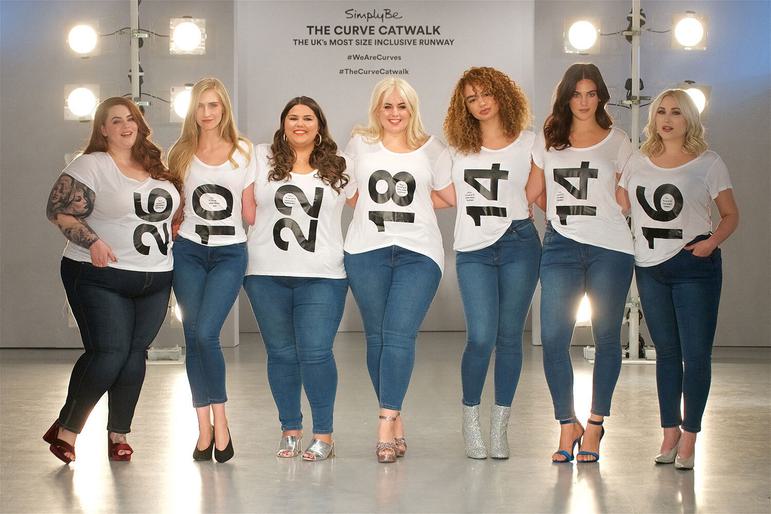
Developing new mannequins for our fashion displays
News Story
Our displays are evolving to reflect different bodies and to tell new stories. Find out more about our process and where we plan to go from here.
Inspiration and consultation
In our galleries we are making changes to displays and labels to address historical bias and this has included addressing the ‘standard’ figures we use to display contemporary fashion. Originally chosen in 2016 for the opening of the permanent Fashion and Style gallery, the 12 mannequins on our ‘Cutting Edge’ catwalk were finished in the retailer’s standard ‘ROSA’ matte colour – a stark white colour, not intended to represent any one person’s skin tone but nevertheless creating a uniform display of white mannequins.

Fashion and style gallery at the National Museum of Scotland.
In 2019, we created the exhibition Body Beautiful: Diversity on the Catwalk, exploring the representation of age, disability, ethnicity, LGBTQIA+ and size in fashion. This, combined with our wider museum work to reflect on our existing displays, led to us rethinking the figures we use in our fashion gallery.
As we work towards our contemporary fashion displays becoming more inclusive, we assembled a group of people from across the museum sector, higher education and design industries for wider discussions around mannequins.
Some of the questions we asked included: What role can museum fashion displays play in conversations around representation in fashion? Is the body or mannequin always important to the storytelling of a garment? Can or should a mannequin ever be seen as ‘neutral’? And finally, what are the key factors to consider to successfully address diversity in display figures?

The disability section of the Body Beautiful exhibition at the National Museum of Scotland.
After some impassioned and thought-provoking discussions, it became clear there’s no one clear path to take. Conversations around representation are naturally subjective, based on our individual experiences – highlighting the importance of fashion as a form of storytelling, something which expresses who we are as people. This in turn highlighted the importance of creating displays that people feel they can relate to in some way.
The discussions covered everything from how we can make museum spaces feel welcoming to all visitors and the importance of recognising global historical contributions to fashion in the stories we tell, to the minutiae of mannequins themselves – their colour, form, bodily proportions, facial features and styling. We also talked about the practical challenges museums face, from the cost of new mannequins to the importance of thinking about making more sustainable choices for materials and the limitations of what is currently on the market.

Model line-up wearing slogan t-shirts ahead of Simply Be's AW17 Curve Catwalk © Simply Be Curve Catwalk AW17
The one thing our discussion groups unanimously agreed upon was that change must encompass a combination of skin colour and size inclusivity. The typical retail or museum figure adheres to traditionally ‘Eurocentric’ standards of beauty, particularly in relation to proportion, and it is hard to separate the two. While it is practically more challenging to represent disabled bodies and gender non-conforming bodies as they are likely to require more bespoke mannequin solutions, the consensus was that it would be amazing to see it within a permanent fashion display in future and that museums’ contemporary collecting should seek to reflect that.
In the first instance, we are focusing on including a variety of mannequin colours representative of different skin tones, as well as a more expansive view of gender expression and size-inclusivity. As both the mannequin industry and our own collections evolve with our contemporary collecting, we would like to think about further steps we can take towards creating displays that better reflect the diversity of our society.
Share your views
If you would like to share your views, please email us at fashion@nms.ac.uk.
Written by

Georgina Ripley
Principal Curator, Modern and Contemporary Design


